acceptable brake line repair?
-
Available Subscriptions
-
Have you checked out Joe's Latest Blog?
-
By Joe Marconi in Joe's Blog0 commentsIt always amazes me when I hear about a technician who quits one repair shop to go work at another shop for less money. I know you have heard of this too, and you’ve probably asked yourself, “Can this be true? And Why?” The answer rests within the culture of the company. More specifically, the boss, manager, or a toxic work environment literally pushed the technician out the door.
While money and benefits tend to attract people to a company, it won’t keep them there. When a technician begins to look over the fence for greener grass, that is usually a sign that something is wrong within the workplace. It also means that his or her heart is probably already gone. If the issue is not resolved, no amount of money will keep that technician for the long term. The heart is always the first to leave. The last thing that leaves is the technician’s toolbox.
Shop owners: Focus more on employee retention than acquisition. This is not to say that you should not be constantly recruiting. You should. What it does means is that once you hire someone, your job isn’t over, that’s when it begins. Get to know your technicians. Build strong relationships. Have frequent one-on-ones. Engage in meaningful conversation. Find what truly motivates your technicians. You may be surprised that while money is a motivator, it’s usually not the prime motivator.
One last thing; the cost of technician turnover can be financially devastating. It also affects shop morale. Do all you can to create a workplace where technicians feel they are respected, recognized, and know that their work contributes to the overall success of the company. This will lead to improved morale and team spirit. Remember, when you see a technician’s toolbox rolling out of the bay on its way to another shop, the heart was most likely gone long before that.
-
-
Similar Topics
-
By carmcapriotto
The Weekly Blitz is brought to you by our friends over at Shop Marketing Pros. If you want to take your shop to the next level, you need great marketing. Shop Marketing Pros does top-tier marketing for top-tier shops.
Click here to learn more about Top Tier Marketing by Shop Marketing Pros and schedule a demo: https://shopmarketingpros.com/chris/
Check out their podcast here: https://autorepairmarketing.captivate.fm/
If you would like to join their private facebook group go here: https://www.facebook.com/groups/autorepairmarketingmastermind
In this episode of "The Weekly Blitz," Coach Chris Cotton delivers an insightful "state of the industry" update specifically tailored for auto repair businesses. He delves into the current challenges and opportunities facing the industry, starting with the rising vehicle dependability issues that have become increasingly prevalent. As cars age and require more frequent maintenance, auto repair shops are seeing a surge in demand for their services.
Chris also explores the shifting consumer preferences towards more fuel-efficient vehicles, driven by environmental concerns and fluctuating fuel prices. This trend is influencing the types of services and expertise that repair shops need to offer, as well as the parts and technologies they must be familiar with.
Economic factors such as inflation and rising credit card debt are also impacting customer affordability, making it crucial for auto repair businesses to find ways to offer value while maintaining profitability. Chris emphasizes the importance of consistency in business practices, suggesting that shops should focus on delivering reliable service and building customer trust to navigate these economic challenges.
Adapting to the increased demand for repairs on older vehicles is another key point Chris addresses. He advises shops to invest in training and tools that enable them to efficiently service a wider range of vehicle makes and models, ensuring they can meet the needs of their diverse customer base.
Furthermore, Chris highlights the need for improved technician work conditions, recognizing that attracting and retaining skilled technicians is essential for any repair shop's success. He suggests that businesses consider offering competitive wages, benefits, and a positive work environment to keep their teams motivated and productive.
Strategic marketing is another area Chris focuses on, encouraging auto repair shops to leverage digital marketing strategies to reach potential customers effectively. He underscores the importance of a strong online presence and targeted advertising to stand out in a competitive market.
State of the Industry Update (00:01:10)
Chris shares insights on the auto repair industry's current state and trends for 2025.
Vehicle Dependability Study (00:02:17)
Discussion on JD Power's vehicle dependability report and issues with vehicle reliability.
Supply Chain Disruptions (00:03:43)
Ongoing supply chain issues from the pandemic affecting vehicle repairs and parts availability.
Shift in Consumer Preferences (00:06:09)
Consumers are moving from SUVs and trucks to smaller, more affordable cars.
Impact of Inflation on Vehicle Affordability (00:07:25)
Inflation is influencing consumer buying habits and delaying vehicle purchases.
Nissan's Production Changes (00:08:44)
Nissan cuts jobs and production capacity, shifting focus toward electric vehicles.
Tariffs and Their Effects (00:10:06)
Discussion on potential tariffs and their impact on vehicle prices and customer affordability.
Credit Card Debt Concerns (00:11:18)
Rising credit card debt poses risks for customers' ability to pay for repairs.
Production and Supply Chain Challenges (00:12:31)
Expected production drops due to tariffs leading to shortages and delayed repairs.
Market Growth Drivers (00:13:52)
Identifying key groups driving growth in the auto repair market.
Decline of Certain Repair Shops (00:15:20)
Analysis of repair shops losing revenue and market share.
Technician Workforce Insights (00:15:20)
Statistics on technician preferences, job satisfaction, and recruitment challenges.
New Vehicle Sales Trends (00:18:01)
Declining new vehicle sales and shifting mileage to older vehicles.
Aftermarket Growth Opportunities (00:19:22)
Increased demand for repairs on older vehicles presents opportunities for repair shops.
Conclusion and Call to Action (00:20:25)
Chris emphasizes the importance of adapting to industry changes and promotes Shop Marketing Pros again.
Connect with Chris:
chris@autofixsos.com
Phone: 940.400.1008
www.autoshopcoaching.com
Facebook: https://www.facebook.com/
AutoFixAutoShopCoachingYoutube: https://bit.ly/3ClX0ae
#autofixautoshopcoaching #autofixbeautofixing #autoshopprofits #autoshopprofit #autoshopprofitsfirst #autoshopleadership #autoshopmanagement #autorepairshopcoaching #autorepairshopconsulting #autorepairshoptraining #autorepairshop #autorepair #serviceadvisor #serviceadvisorefficiency #autorepairshopmarketing #theweeklyblitz #autofix #shopmarketingpros #autofixautoshopcoachingbook
The Aftermarket Radio Network
Remarkable Results Radio Podcast with Carm Capriotto: Advancing the Aftermarket by Facilitating Wisdom Through Story Telling and Open Discussion
Diagnosing the Aftermarket A to Z with Matt Fanslow: From Diagnostics to Metallica and Mental Health, Matt Fanslow is Lifting the Hood on Life.
The Auto Repair Marketing Podcast with Kim and Brian Walker: Marketing Experts Brian & Kim Walker Work with Shop Owners to Take it to the Next Level.
The Weekly Blitz with Chris Cotton: Weekly Inspiration with Business Coach Chris Cotton from AutoFix - Auto Shop Coaching.
Business by the Numbers with Hunt Demarest: Understand the Numbers of Your Business with CPA Hunt Demarest.
Speak Up! Effective Communication with Craig O'Neill: Develop Interpersonal and Professional Communication Skills when Speaking to Audiences of Any Size.
Click to go to the Podcast on Remarkable Results Radio
-
By carmcapriotto
Thanks to our Partner, NAPA Autotech
NAPA Autotech’s team of ASE Master Certified Instructors are conducting over 1,200 classes covering 28 automotive topics. To see a selection, go to napaautotech.com for more details.
Contact Information
Email Matt: mattfanslowpodcast@gmail.com Diagnosing the Aftermarket A - Z YouTube Channel
The Aftermarket Radio Network: https://aftermarketradionetwork.com/
Remarkable Results Radio Podcast with Carm Capriotto: Advancing the Aftermarket by Facilitating Wisdom Through Story Telling and Open Discussion. https://remarkableresults.biz/
Diagnosing the Aftermarket A to Z with Matt Fanslow: From Diagnostics to Metallica and Mental Health, Matt Fanslow is Lifting the Hood on Life. https://mattfanslow.captivate.fm/
Business by the Numbers with Hunt Demarest: Understand the Numbers of Your Business with CPA Hunt Demarest. https://huntdemarest.captivate.fm/
The Auto Repair Marketing Podcast with Kim and Brian Walker: Marketing Experts Brian & Kim Walker Work with Shop Owners to Take it to the Next Level. https://autorepairmarketing.captivate.fm/
The Weekly Blitz with Chris Cotton: Weekly Inspiration with Business Coach Chris Cotton from AutoFix - Auto Shop Coaching. https://chriscotton.captivate.fm/
Speak Up! Effective Communication with Craig O'Neill: Develop Interpersonal and Professional Communication Skills when Speaking to Audiences of Any Size. https://craigoneill.captivate.fm/
The Aftermarket Radio Network
Remarkable Results Radio Podcast with Carm Capriotto: Advancing the Aftermarket by Facilitating Wisdom Through Story Telling and Open Discussion
Diagnosing the Aftermarket A to Z with Matt Fanslow: From Diagnostics to Metallica and Mental Health, Matt Fanslow is Lifting the Hood on Life.
The Auto Repair Marketing Podcast with Kim and Brian Walker: Marketing Experts Brian & Kim Walker Work with Shop Owners to Take it to the Next Level.
The Weekly Blitz with Chris Cotton: Weekly Inspiration with Business Coach Chris Cotton from AutoFix - Auto Shop Coaching.
Business by the Numbers with Hunt Demarest: Understand the Numbers of Your Business with CPA Hunt Demarest.
Speak Up! Effective Communication with Craig O'Neill: Develop Interpersonal and Professional Communication Skills when Speaking to Audiences of Any Size.
Click to go to the Podcast on Remarkable Results Radio
-
By carmcapriotto
Podcasting isn’t about having all the answers—it’s about sharing the journey. In this episode, we tackle the hard truth: Podcast hosts don’t have it all figured out. From the insecurities of giving advice to the challenges of staying authentic, we explore what it really means to put yourself out there as a host.
You’ll discover how to sift through advice, find what works for you, and embrace the imperfect process of learning and leading. If you’ve ever felt like you don’t have it all together, this episode will remind you—you’re not alone.
Listen in for an honest discussion about navigating the auto repair industry, embracing authenticity, and growing through the challenges of imperfection!
Thank you to our friends at RepairPal for providing you this episode. RepairPal’s Certified
Network of shops are trusted by millions of customers each month. Learn more at
RepairPal.com/shops
Are you ready to convert clients to members? App fueled specializes in creating custom apps tailored specifically for auto repair businesses. Build client loyalty. Get started today with your own customer loyalty app. Visit Appfueled.com
Lagniappe (Books, Links, Other Podcasts, etc)
https://shopmarketingpros.com/ep-118-doing-video-every-day-for-a-month/ - Episode 118 VEDA
https://agencyanalytics.com/blog/how-profit-first-helped-this-agency-scale - Profit First Was the Key to Our Agency’s Financial Transformation
https://shopmarketingpros.com/ep-125-its-ok-to-dream-big-stop-playing-small/ - It’s OK to Dream Big (Stop Playing Small)
Show Notes with Timestamps
Introduction to the Episode (00:00:01) Brian introduces the podcast and sets the theme about podcast hosts not having all the answers. Inspiration from Mike Allen's Post (00:00:10) Discussion on how Mike Allen's humorous post sparked Brian's reflections on podcasting and advice-giving. Brian's Insecurities as a Host (00:01:15) Brian shares his personal insecurities regarding his role as a podcast host and influencer. Critique of Influencers (00:02:26) Brian expresses frustration with influencers who claim to have life figured out, relating it to his experiences. Sharing Personal Experiences (00:03:33) Emphasis on the importance of sharing personal learning experiences rather than presenting oneself as an expert. Struggles with Advice-Giving (00:04:36) Brian discusses his ongoing struggles with the advice he shares in his podcasts and posts. Imposter Syndrome (00:05:37) Brian reflects on feelings of imposter syndrome when sharing advice on managing expenses and business practices. Going Against Popular Opinion (00:06:46) Brian talks about the challenges of discussing unpopular business opinions and the reactions he receives. Sponsor Promotion: RepairPal (00:08:54) Brian promotes RepairPal and its benefits for auto repair shops seeking new customers. Sponsor Promotion: App Fueled (00:09:55) Introduction of App Fueled and its services for building customer loyalty apps for auto repair businesses. Rewarding Success Stories (00:10:59) Brian shares the rewarding experience of hearing success stories from listeners implementing his advice. Discernment in Advice-Giving (00:12:03) Brian advises listeners to discern the credibility of advice from various influencers and podcasters. Conclusion and Reflection (00:13:10) Brian wraps up the discussion, emphasizing the importance of honesty in sharing experiences and insights.
How To Get In Touch
Group - Auto Repair Marketing Mastermind
Website - shopmarketingpros.com
Facebook - facebook.com/shopmarketingpros
Get the Book - shopmarketingpros.com/book
Instagram - @shopmarketingpros
Questions/Ideas - podcast@shopmarketingpros.com
Click to go to the Podcast on Remarkable Results Radio
-
-
By Joe Marconi
Premium Member Content
This content is hidden to guests, one of the benefits of a paid membership. Please login or register to view this content.
-
-
-
Our Sponsors

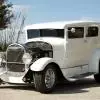
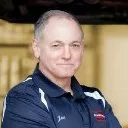

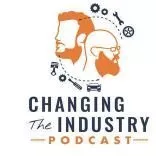

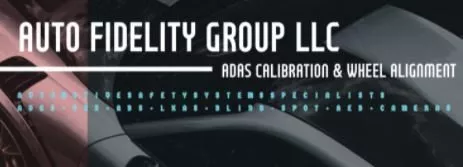




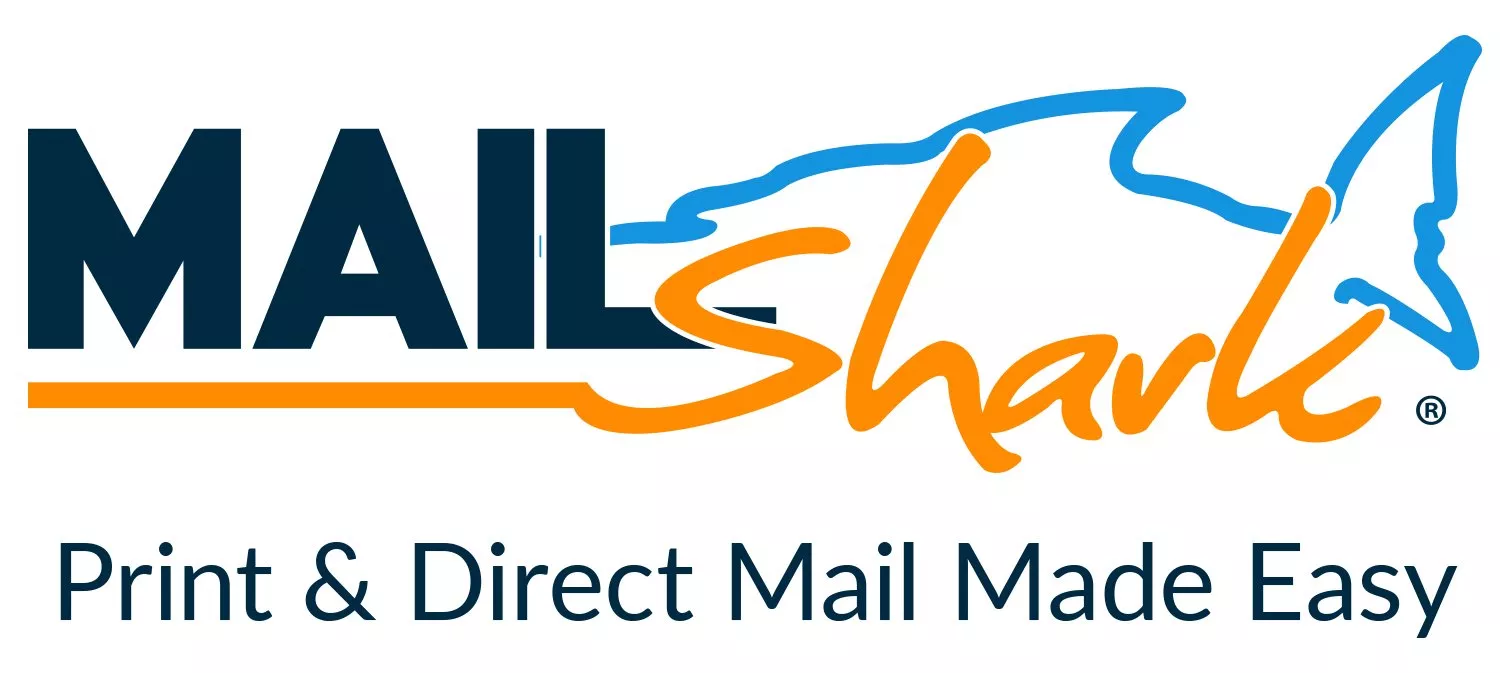


Recommended Posts
Create an account or sign in to comment
You need to be a member in order to leave a comment
Create an account
Sign up for a new account in our community. It's easy!
Register a new accountSign in
Already have an account? Sign in here.
Sign In Now